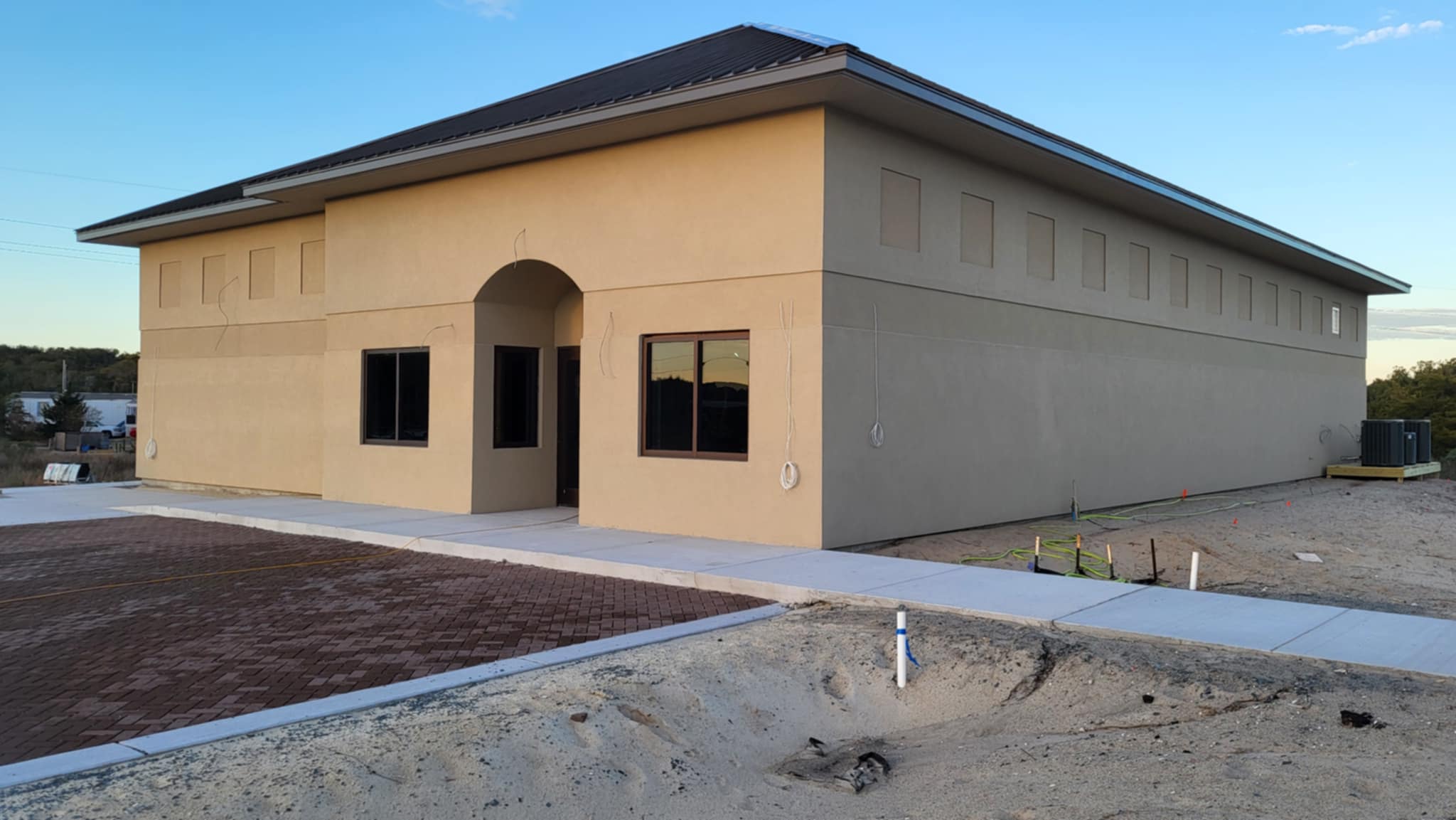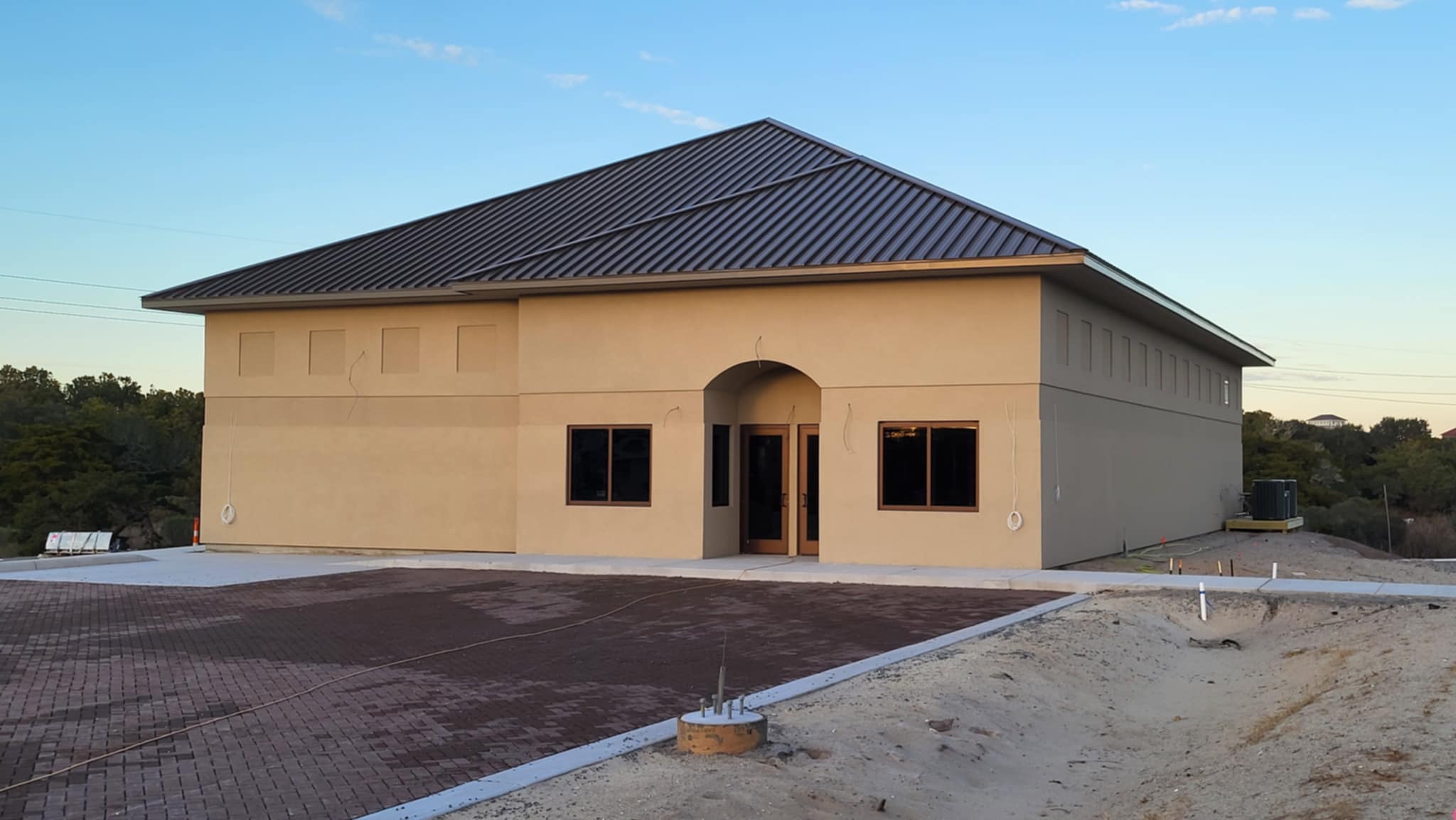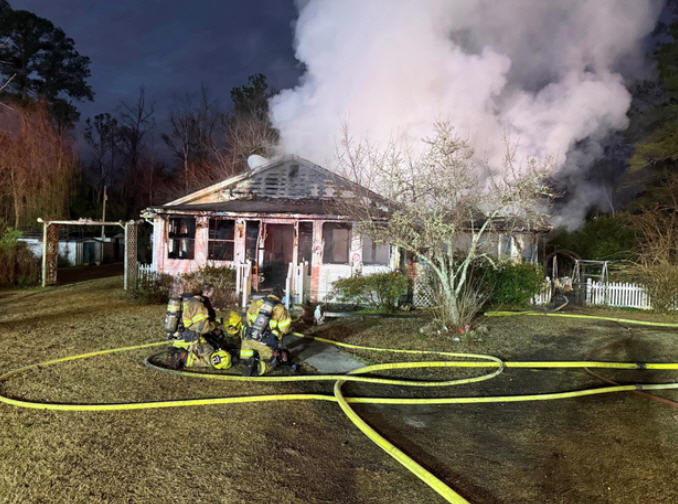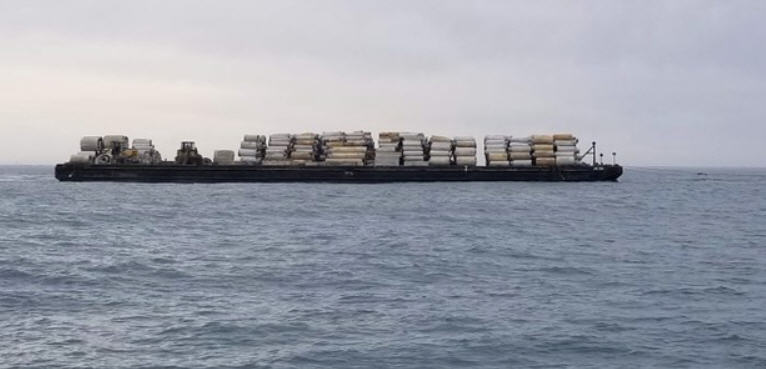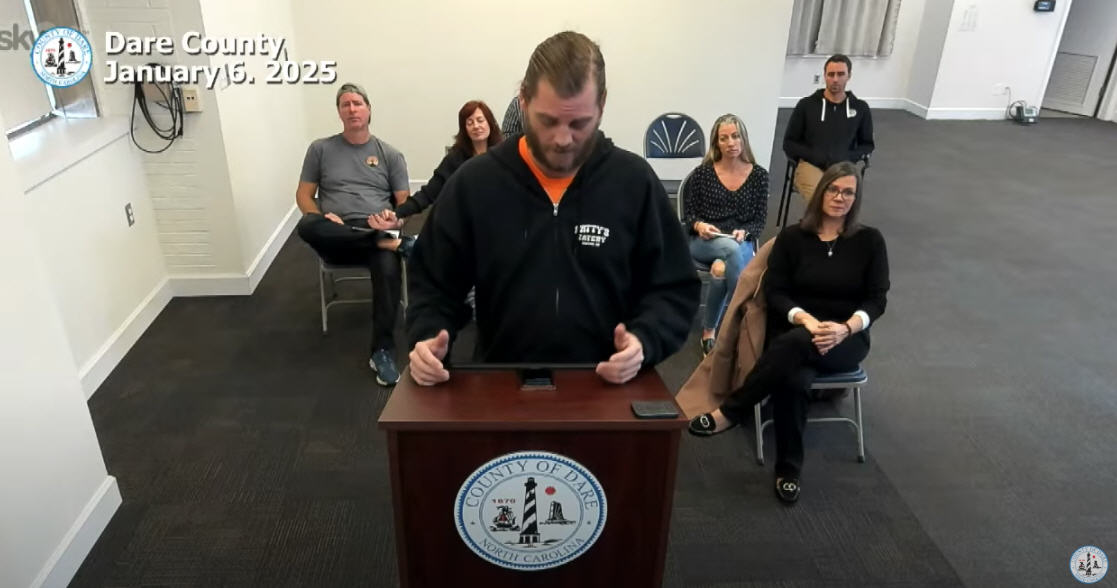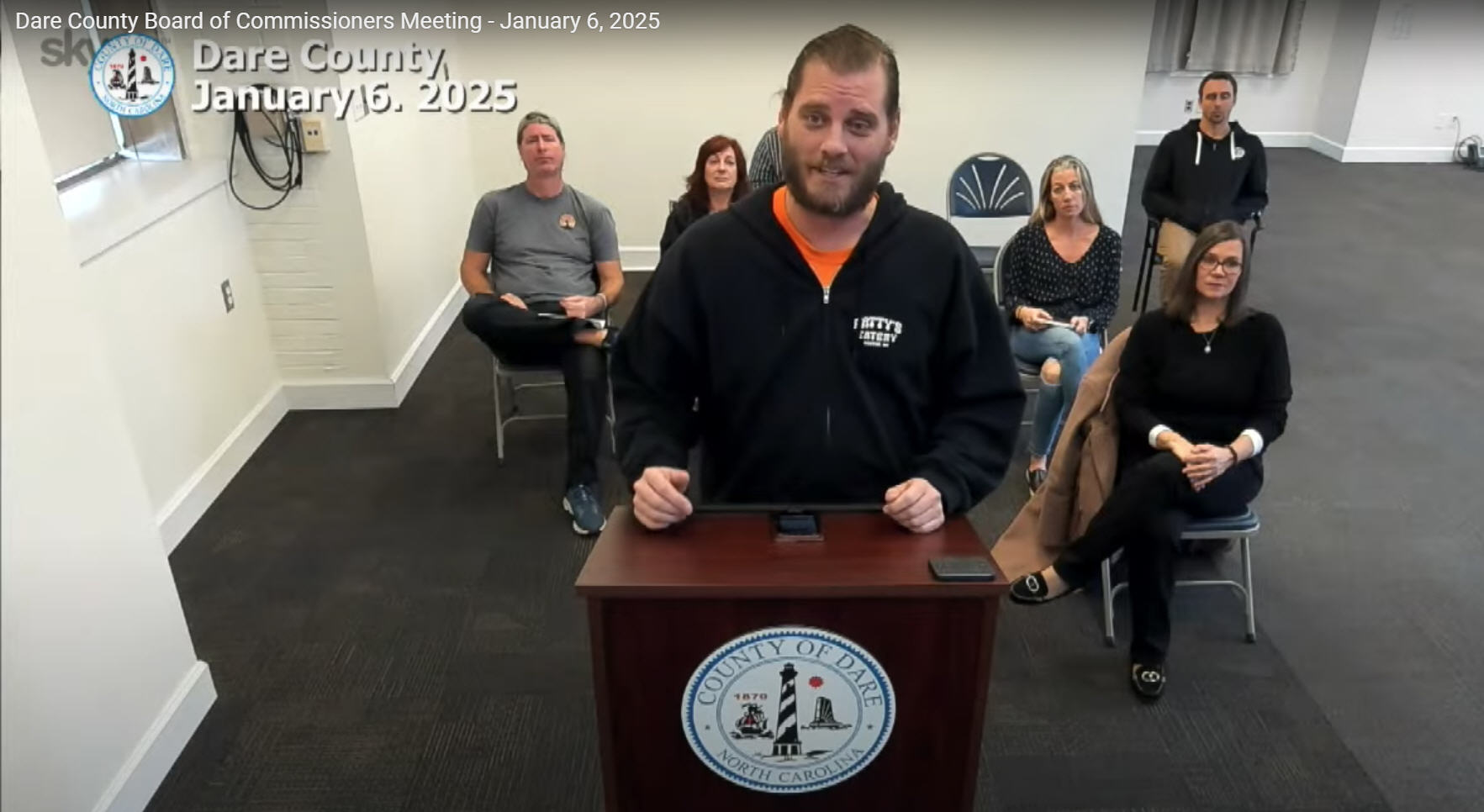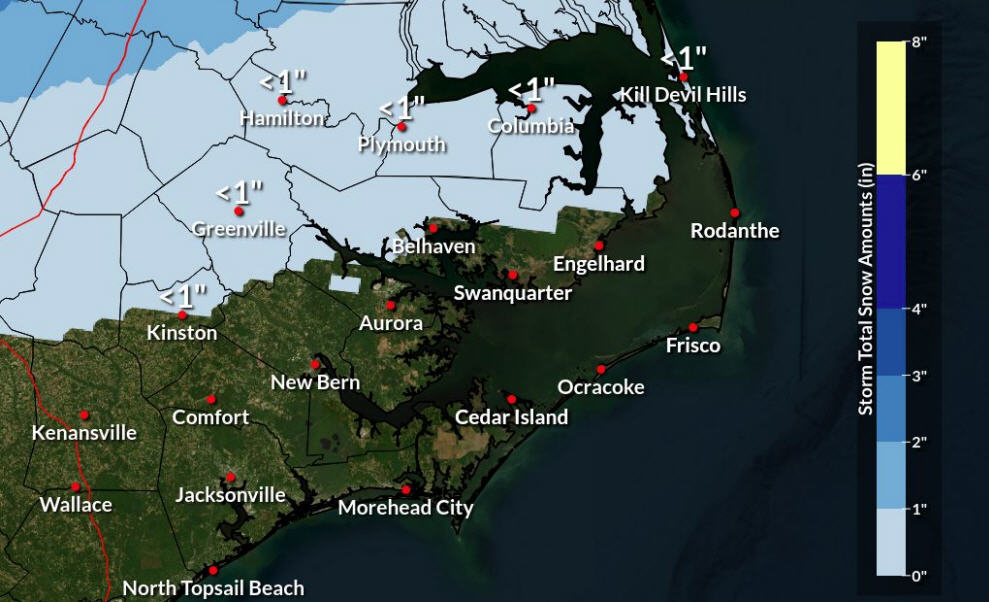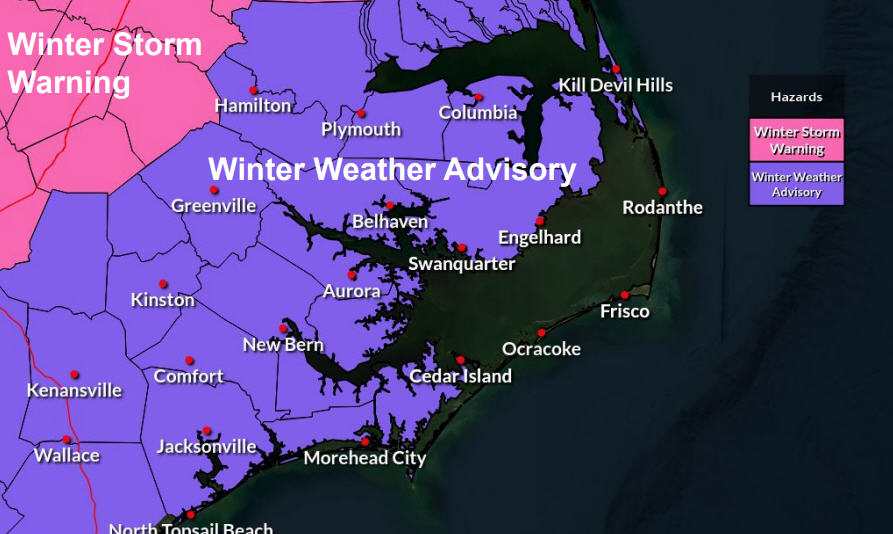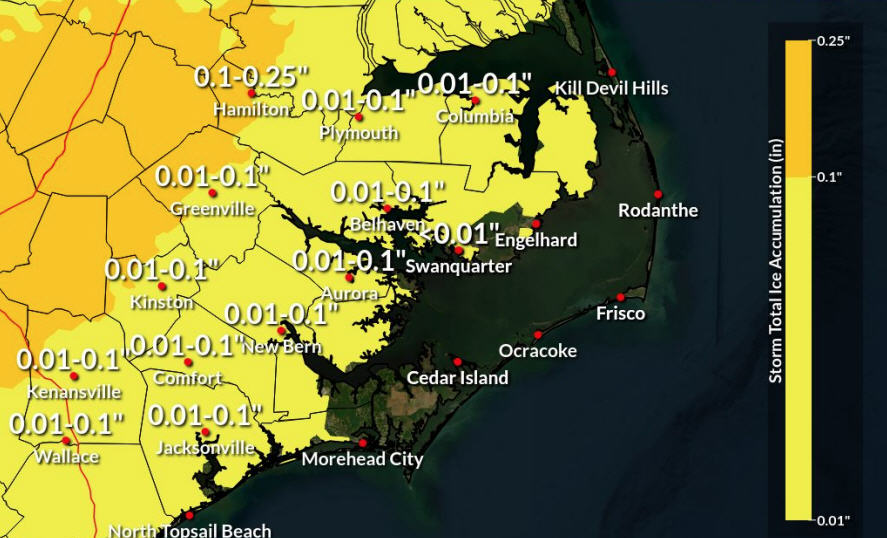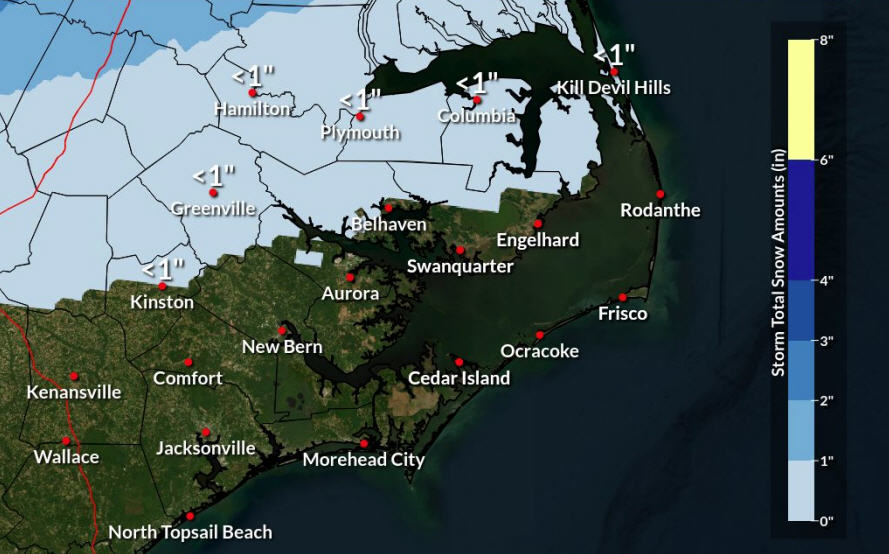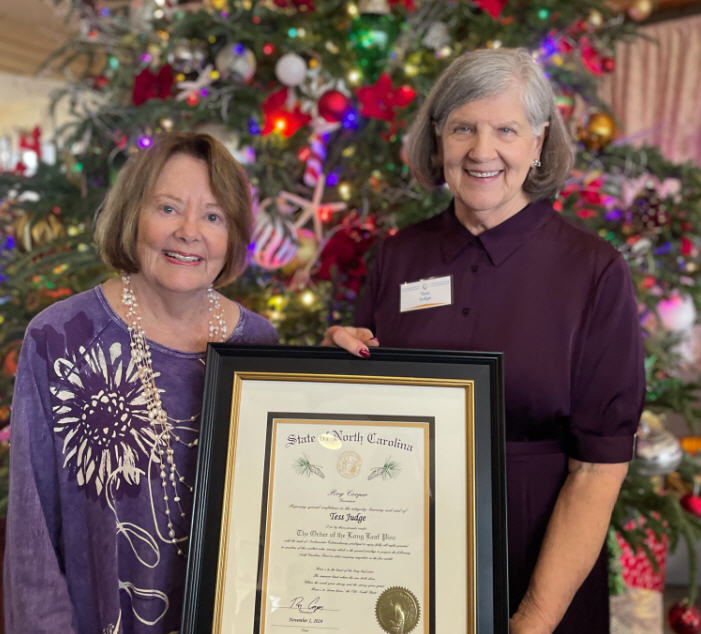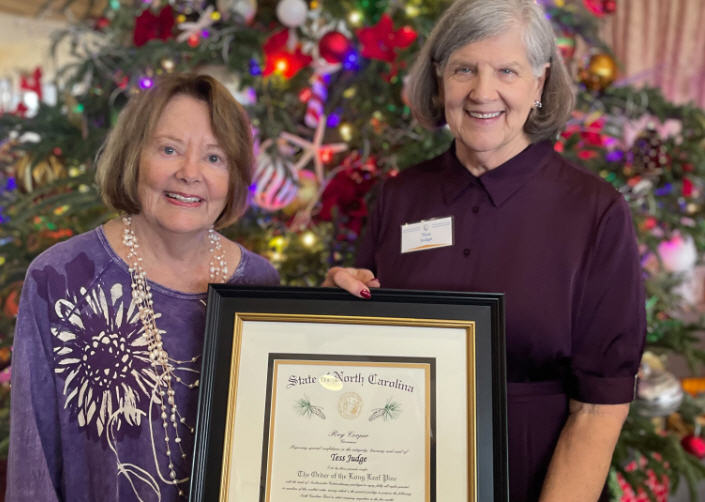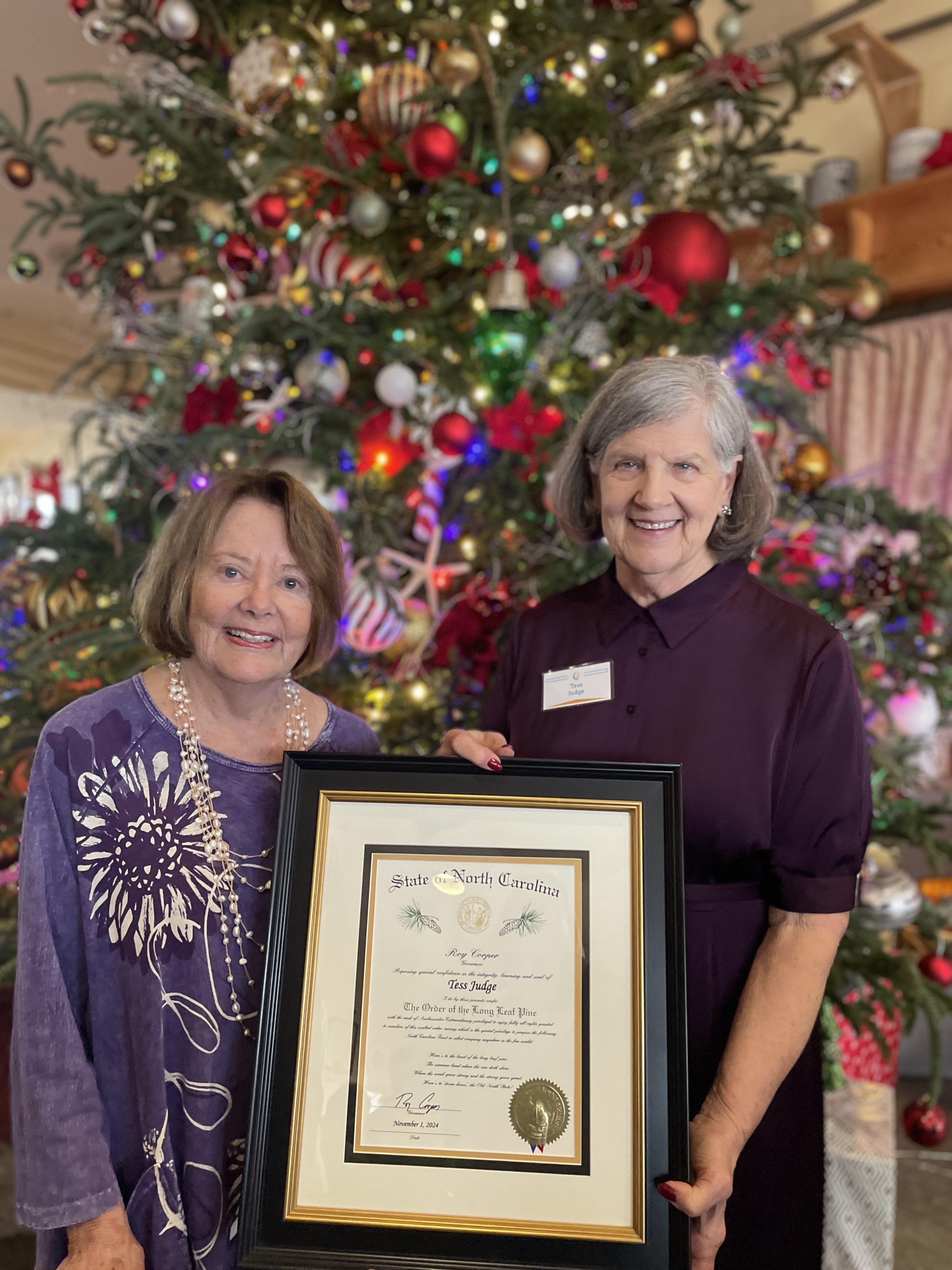‘Super blood moon’ will give skywatchers a rare show…WITH VIDEO
If the week’s ghastly and gloomy weather clears out by Sunday night, sky watchers on Hatteras and Ocracoke islands will be treated to not only a “supermoon” but also to a full moon glowing with the reddish tint of a lunar eclipse — a so-called “blood” moon.
September’s super blood moon is also known as the Harvest Moon, since it’s the full moon closest to the autumnal equinox.
A supermoon eclipse is a relatively rare celestial event. The last one was in 1982 and the next one will not be until 2033.
The show which will be visible in the Americas, Europe, Africa, west Asia and the east Pacific, will be the result of the sun, Earth and a larger-than-life, extra-bright moon lining up for just over an hour.
The ‘supermoon’ is the result of the moon being at its closest orbital point to Earth, called perigee, while also in its brightest phase. It will appear 30 percent brighter and 14 percent larger than when it’s at its most distant point from Earth.
The “blood” moon is so named because the moon does not give off its own light, but instead reflects light it gets from the sun. During an eclipse, the light from the sun is refracted around the edges of the Earth. As it travels through Earth’s atmosphere, almost all colors except red are filtered out, giving the moon a reddish brown appearance.
There are biblical references to a “blood” moon as a prophet or omen of the coming of the end of time, and contemporary Christian authors have also referred to the “blood” moon as coinciding with either “trying” times or the end of times.
The pre-game show, so the speak, will begin on Sunday evening at 8:11 p.m. with the penumbral phase of the eclipse, and the partial eclipse begins at 9:07.
The main event, the total eclipse, begins at 10:11 and concludes at 11:25.
The partial eclipse continues until 12:27 a.m. with the penumbral phase ending at 1:22.
Unfortunately, the forecast for the Outer Banks for Sunday night is for cloudy skies with a 40 percent chance of showers. The persistent low pressure that has been hanging off the coast isn’t supposed to get blown out until late Sunday or Monday.
However, if the weather doesn’t cooperate, we can still watch the eclipse. NASA plans a live stream from 8 p.m. until at least 11 broadcast from Marshall Space Flight Center in Huntsville, Ala., with a live feed from the Griffith Observatory, Los Angeles, Calif. Mitzi Adams, a NASA solar physicist at Marshall will discuss the eclipse and answer questions from Twitter.







